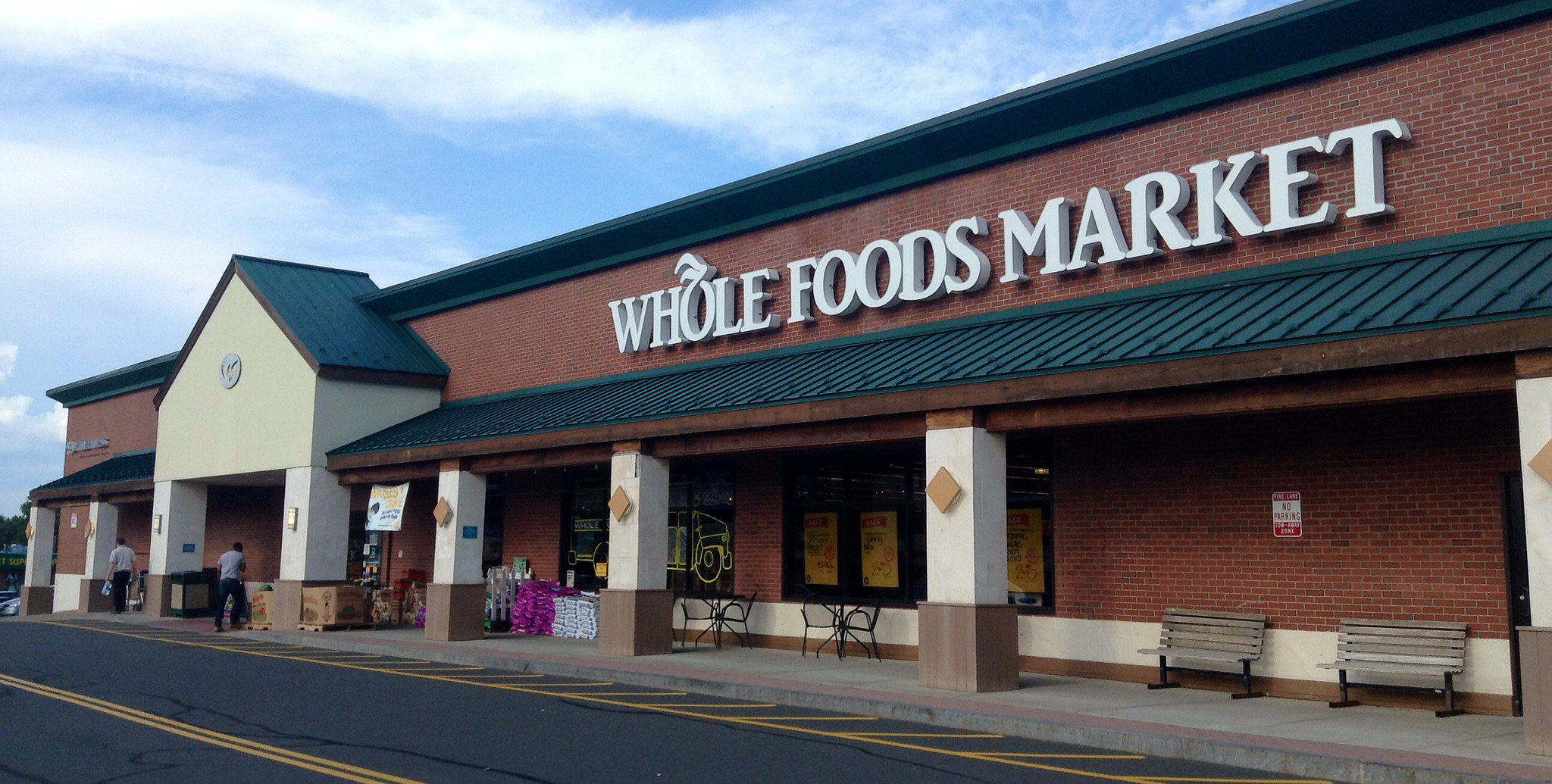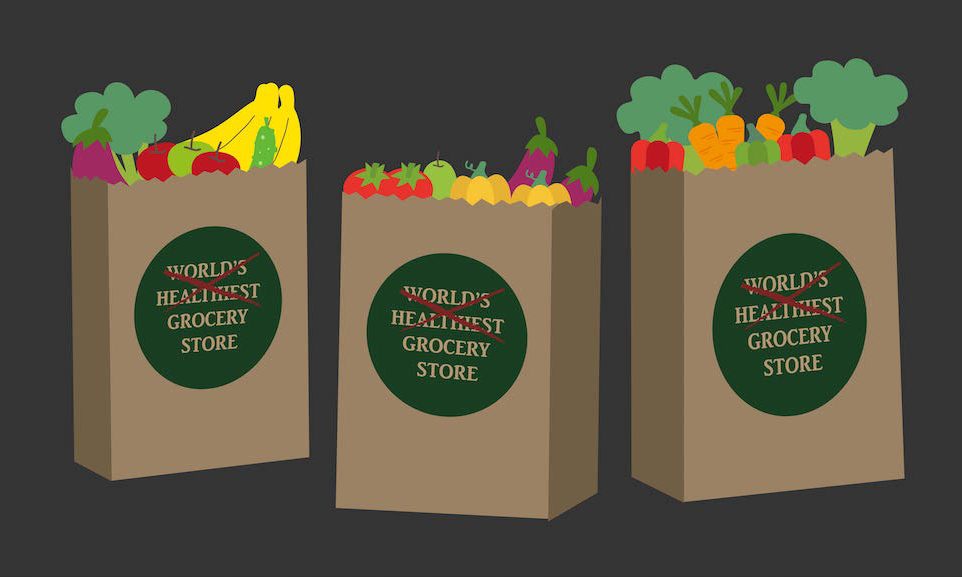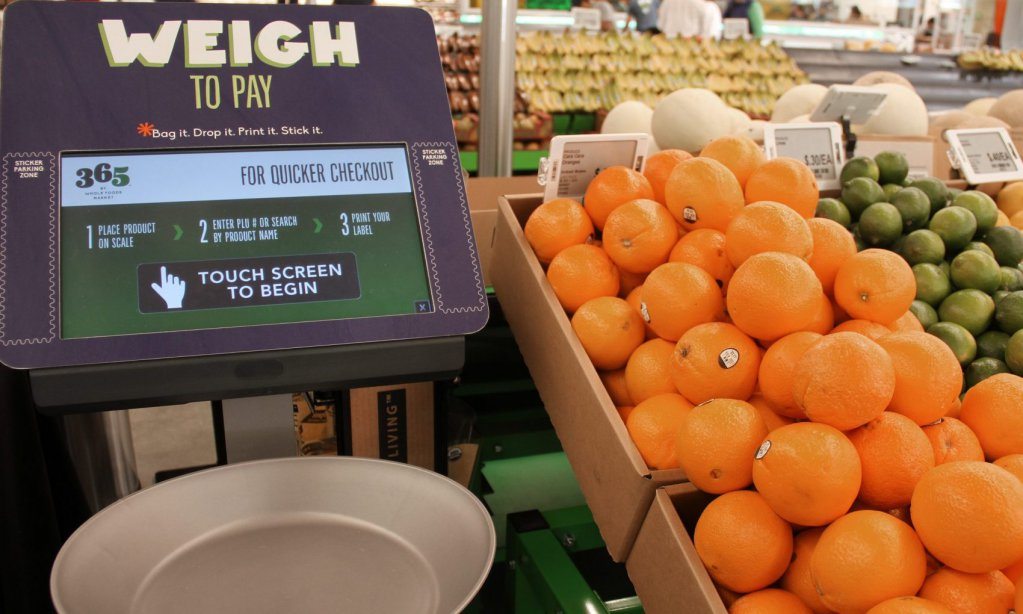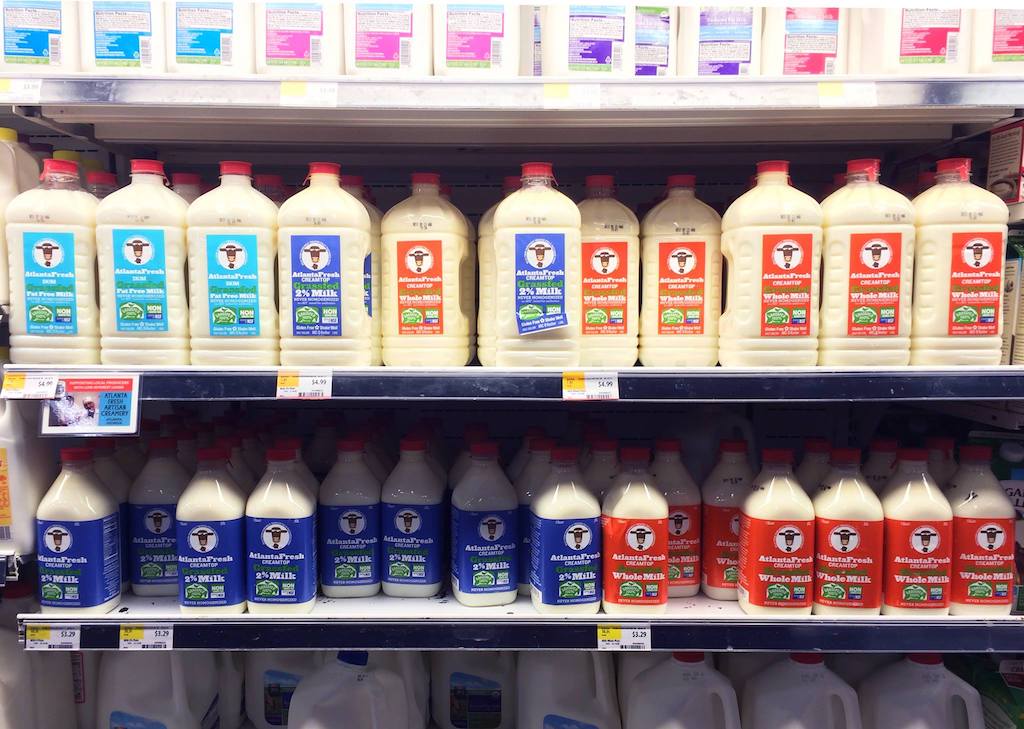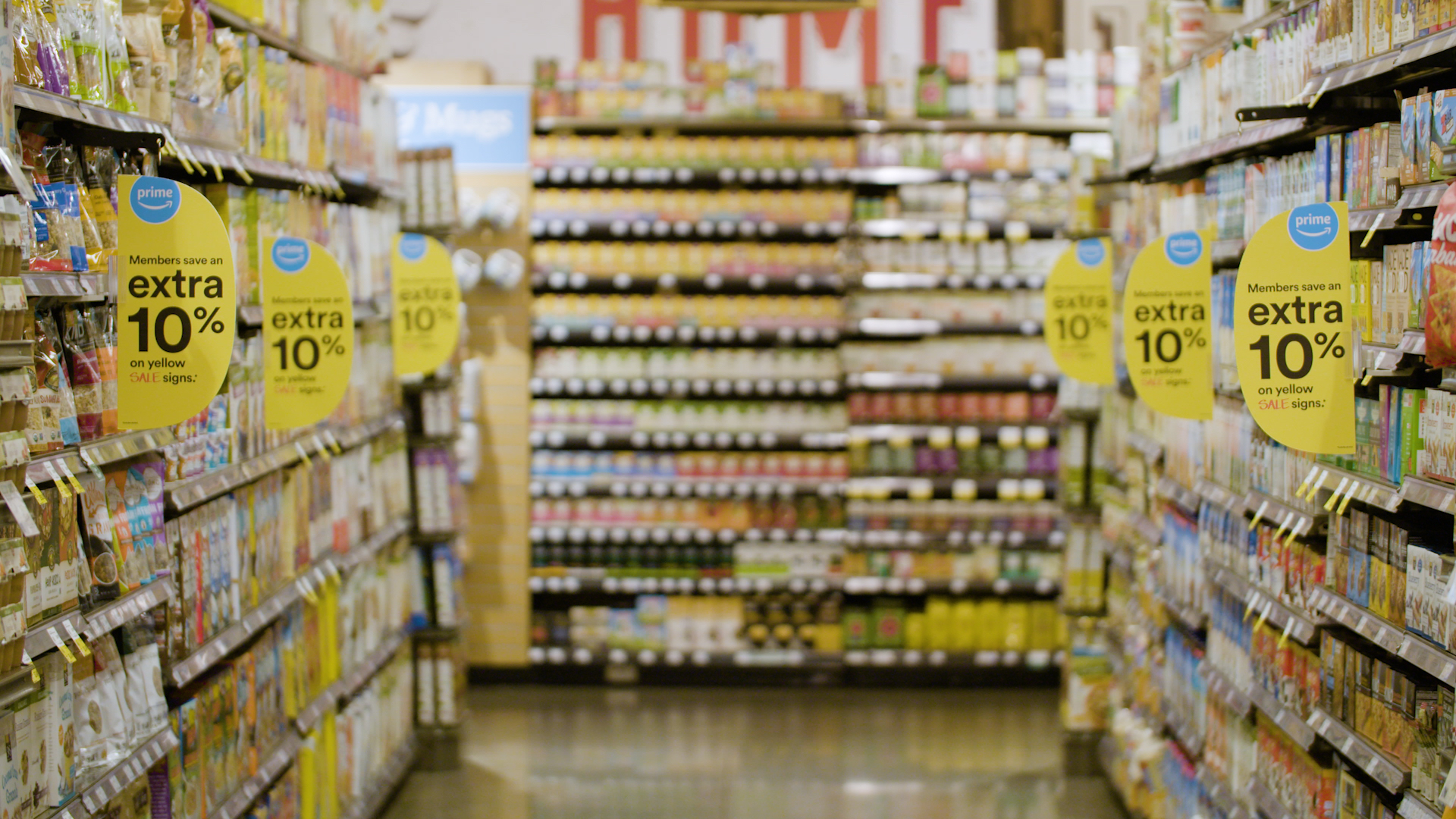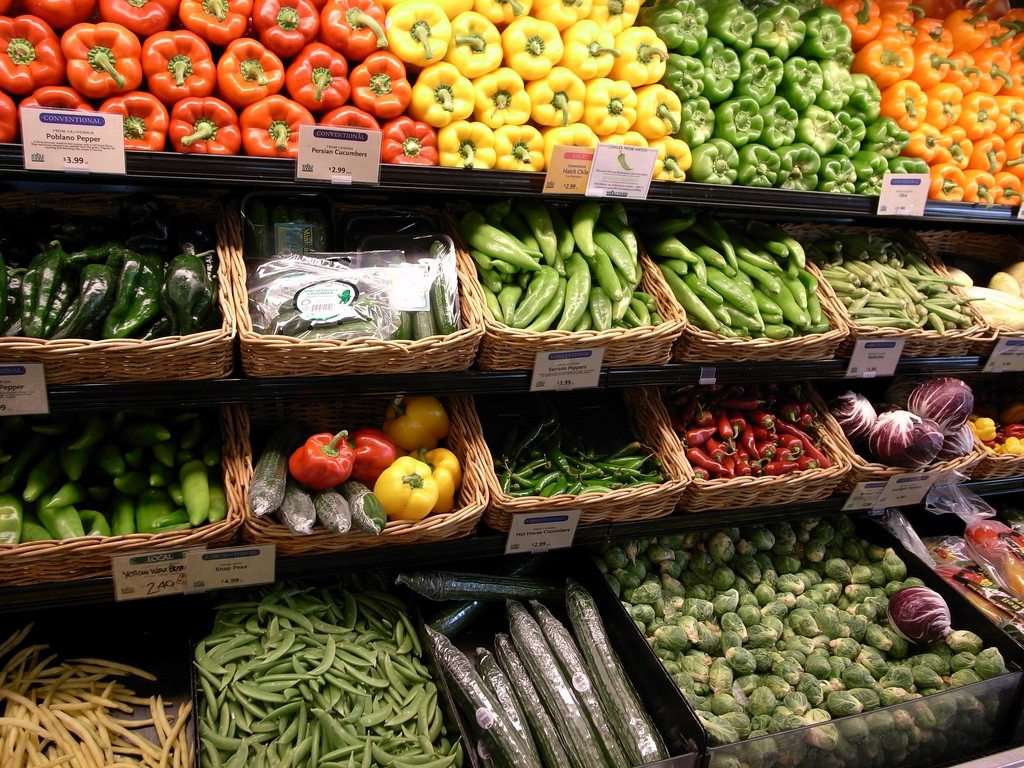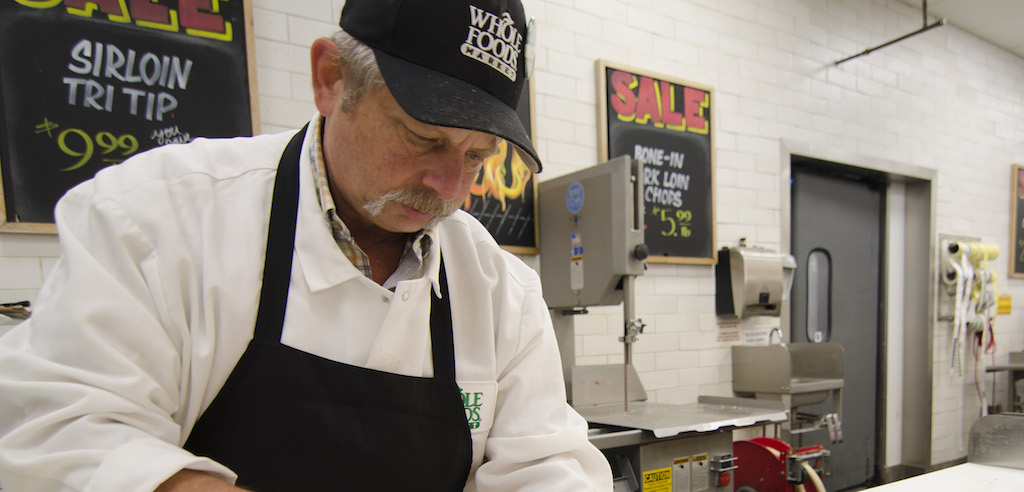For decades, in the public imagination, Whole Foods Market stood for two things: insane prices and local food.
That’s because, since CEO John Mackey co-founded the grocery chain in Austin, Texas in 1980, the Whole Foods buyer-supplier relationship was deliberately local and decentralized, even down to the store level. Each store was its own ecosystem with its own enlightened, regional buyer: a svengali of local, a forager extraordinaire. (In fact, “local forager” is the job’s specific title, and there are 12 across the country.) They were so well-versed in the flavors grown and produced by their communities that they could, for instance, bring in small-batch, grain-free granola from a local baker in San Francisco, or dried collard green chips in Flint, Michigan.
Those local relationships gave shoppers and small producers alike the feeling that a Whole Foods aisle was a road paved with real food made by real people. And then things changed. In 2016, at the Natural Products Expo West trade show that spring, the company introduced a new policy that, for the first time, would centralize buying and pricing of non-perishable foods out of its central office in Austin.
Which is in part why, when we get news in our inboxes about another way Whole Foods may be corporatizing, we aren’t surprised. After all, the thing that made the grocery chain so appealing to its customers—the place-specific sense of buying local—is for the most part at odds with Amazon’s fealty to convenience and speed. Clinton, again: “The cultures of Amazon and Whole Foods are as diametrically opposed as it’s possible to be.”
But we aren’t the only ones watching this unfolding marriage-of-necessity. Suppliers, shoppers, and industry insiders nationwide seem to respond to each new development in the Amazonification of the store everyone loves to hate as a harbinger of unforetold misfortune. To wit: The company’s recent announcement that it will streamline the in-store demo process and there will be new related fees for suppliers to pay.
Last week, the Washington Post reported that Whole Foods will begin requiring suppliers to work exclusively with a single company to schedule in-store demos, product displays, and arrange stocking locations. That limits the ability of individual suppliers to market their own products, either by conducting demos as they see fit, or monitoring where the items are arranged on the shelves. In other words, the new system treats all products as just more SKUs in a big, corporate system. To boot: the new demo company is the same one that does displays for Walmart.
What happened to Whole Foods being a beacon for local groceries? Amazon happened
The small-batch producers who make the real food that Whole Foods came to be known for stocking, during its rise in the ‘90s, should be worried. As if it wasn’t already hard enough to get their products to market in the high-stakes real estate game that is grocery, they’re now paying more fees just to keep those products in the stores. According to the Post, suppliers recently received an email from the company saying they’d be expected to help fund the new centralized, stocking-and-demoing process by selling their products to Whole Foods at a discount of three percent for food, and five percent for health and beauty items.
That comes on top of the demo fees they have already been paying, mostly on local, region-by-region, store-by-store levels. Now there’s a new rule: $10 to $30 if you’re doing the demo yourself, $110 or $165 if you’re working with Whole Foods’ exclusive demo company. That may not sound like a lot for a supplier demoing in two or three stores, but multiplied by 100 or more of the chain’s 400 stores, that’s a pretty significant obligation—especially for a small producer still new to scale.
Why push that fee on the little guy? Because, says Harry Blazer, a consultant who used to run his own chain of organic grocery stores, fees are a major source of income for supermarkets.
As we’ve previously reported, the grocery business is pay-to-play. Product-boosting benefits like ideal shelf placement, in-store product demos, and even displays are part of a laundry list of “trade promotion” fees that suppliers and manufacturers already have to pay just to get into grocery stores. Those include slotting fees, which are paid just to get a “slot” in the warehouse; purchasing fees, which are discounts the retailer takes out of orders placed during special time periods; and trial-size allowances, which are extracted for giveaways or demo displays.
“They don’t have to come up with seven different programs,” says Blazer, referring to UNFI and the like. “They can come up with one. There’s less cost in terms of our administration of it.”
Nor will it kill many suppliers financially, according to Ron Tanner, vice president of the Specialty Food Association. The majority of his association’s 3,800 members have been in the business over three years, and already devote around 9 percent of their expenses to advertising and marketing. He doesn’t think another 3 percent will force them to leave Whole Foods.
That can-do, trade association optimism is cold comfort to start-up, small-batch producers.
According to Dan Krause, a veteran grocery consultant, those new suppliers—the ones that could really benefit from the exposure of a demo, which literally gets the product into the mouths of potential customers—are at break-even for the first three to five years of their existence. That’s due to expenses like slotting fees and other promotional costs. Add those new three or five percent fees, and then pay for an in-store demo? Well, that could be cost-prohibitive for the small, local suppliers that make Whole Foods so attractive to shoppers in the first place.
Blazer is also pessimistic about the outcome for Whole Foods’ small suppliers, especially the ones for whom the chain is a first big account. “Now you’ve gotta replace that channel. That’s not that easy,” he says. “Do you see Amazon, in the absence of competition, reducing those fees, or increasing them?” In other words, small-batch producers who have gone all-in on Whole Foods, like the pasta maker in the Post story, are in trouble.
Even Tanner, the booster, concedes the problem. Around twenty percent of his members have been in business for under three years. Eventually, he says, the fees may force young businesses to take their products elsewhere. Maybe Kroger: In September, the grocery giant, which already does more natural and organic sales than Whole Foods, announced it was expanding local buys.
“There’s lots of other retailers out there,” Tanner says.
